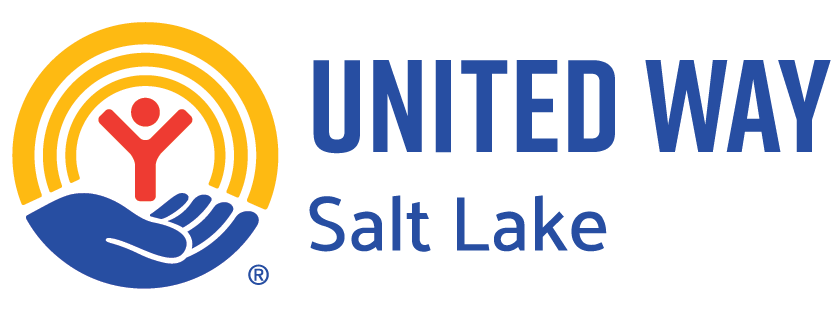 by Shannon Harmon
by Shannon Harmon
Leadership Giving Director
Last week, members and prospects of our esteemed Tocqueville Society enjoyed a Spectacular Night Out, hosted at O.C. Tanner. The event was generously sponsored by Questar and Holland & Hart and offered attendees the unique opportunity to roll up their sleeves and jointly prepare a dazzling meal under the direction of O.C. Tanner’s in-house chef, Frank Mendoza.
This Spectacular Night Out is part of a broader strategy to more fully engage our generous members of Tocqueville Society in the work of United Way of Salt Lake. This particular event was designed to allow members to become more acquainted. Other events allow members to see their investment at work in our Neighborhood Centers, as well as participate in volunteer opportunities in our community.
John D’Arcy, Tocqueville member and Executive Vice President of Zions Bank’s Specialty Business Banking Division, said of the evening, “Chef Frank helped to demystify some of the magic that goes on in the kitchen when an elegant meal is being prepared for a large group. The experience was most enjoyable.”
The evening was also an opportunity to recognize new members to Tocqueville Society. Directed by Ron Jibson, Tocqueville Society Chair, and United Way of Salt Lake President and CEO, Deborah Bayle, we were proud to welcome Robert and Lisa Caldwell, Bill and Diane Crim, and Steve and Alisa Parks as members! We are very proud of our 78 members and spouses of Tocqueville Society. They truly are some of our community’s most influential leaders, as well as the most aware philanthropists in our state.
Neil Hafer, Vice President/General Manager at Enterprise Holdings, Inc. said, “This was a fantastic way to spend time with other a Tocqueville members in a fun, interactive atmosphere. The food was delicious and the host, O.C. Tanner, was very gracious to allow us free reign to cook in its awesome kitchen.”
We were delighted to share such an enjoyable evening with Tocqueville members and prospects. Thank you to everyone, and a huge thank you to our sponsors. We look forward to seeing you all at our next Tocqueville event!
[slideshow]
Tocqueville Society members are philanthropists who demonstrate extraordinary generosity to our community by investing $10,000 or more annually in United Way of Salt Lake. These caring individuals and couples make an outstanding commitment to improving the quality of life in our community. Members are recognized locally and nationally for their commitment and for inspiring others to greater philanthropy.Tocqueville Society welcomed six new members in 2012-2013 and developed a new strategy to enhance membership engagement and provide opportunities for volunteerism, networking, and leadership.
Many Tocqueville Society members also contributed to our Changing the Odds Campaign and made an additional investment above and beyond their membership commitment.
For more information about Tocqueville Society, contact Shannon Harmon, Leadership Giving Director | Women’s Leadership Council/Tocqueville Society at 801.736.7704 | shannon@uw.org, or Rebecca Dutson, Executive Vice President and Chief Development Officer at 801.736.7712 | rebecca@uw.org.


